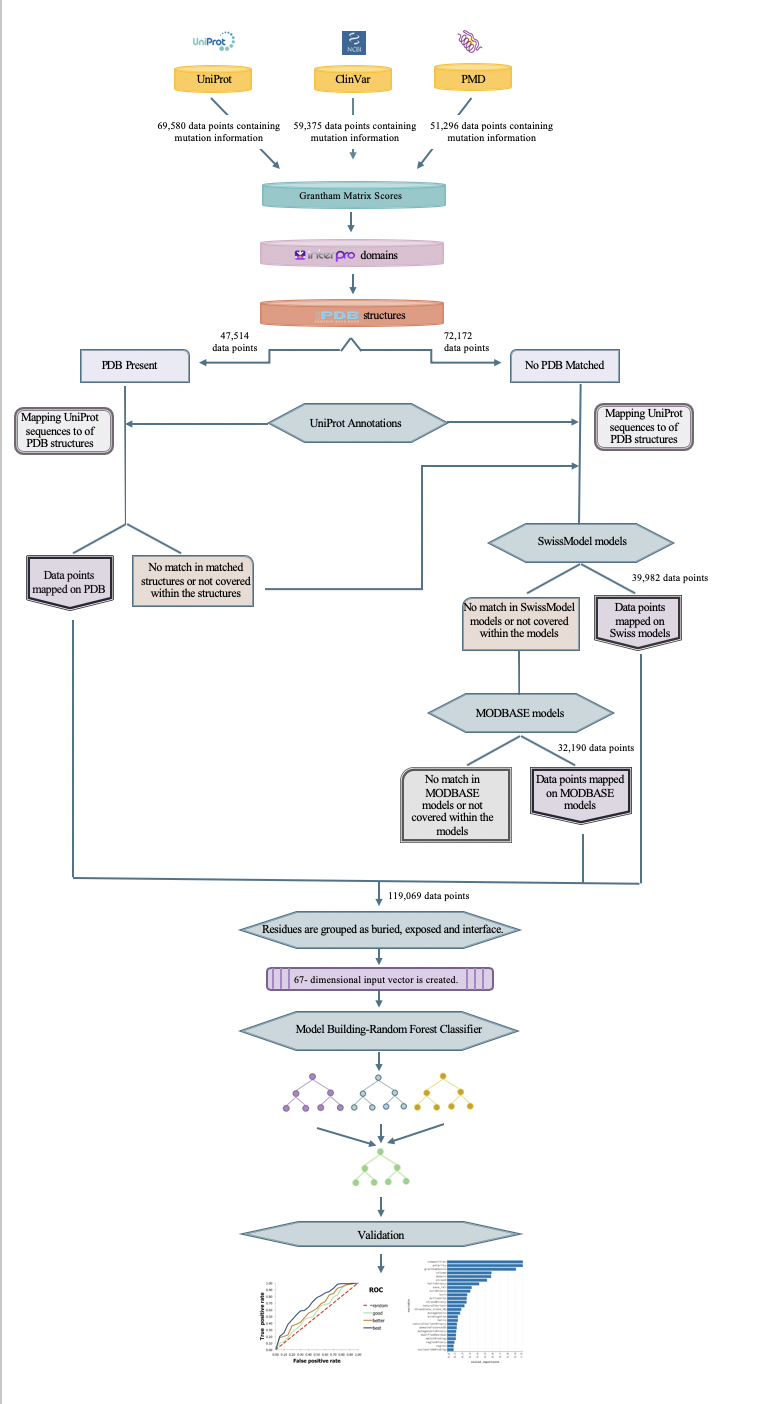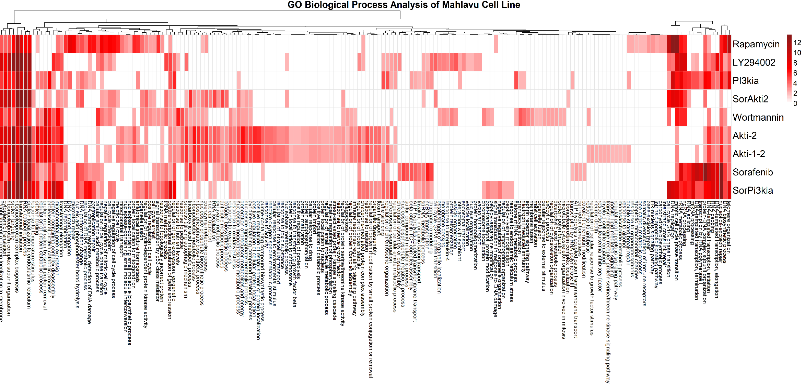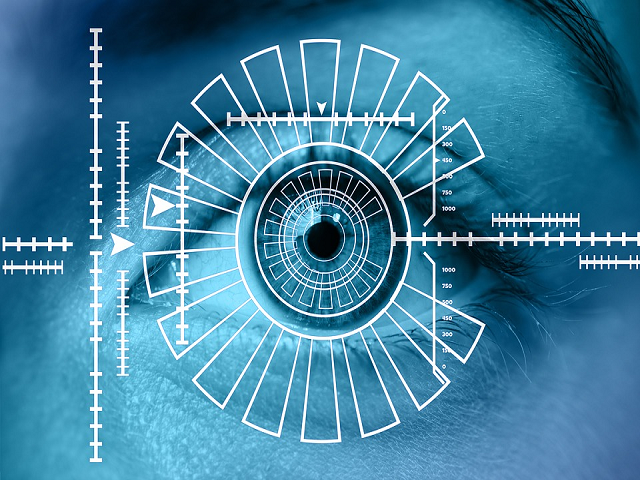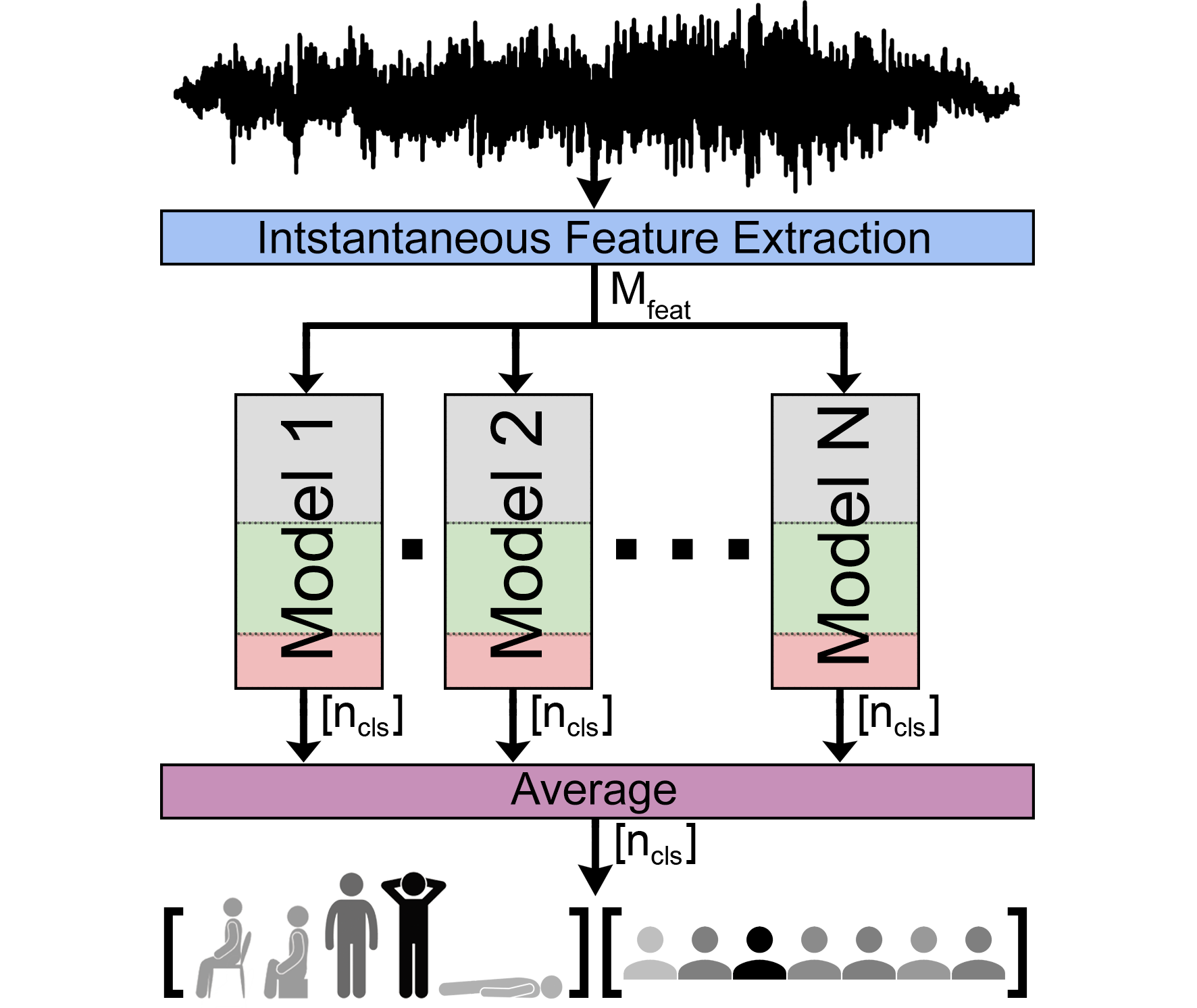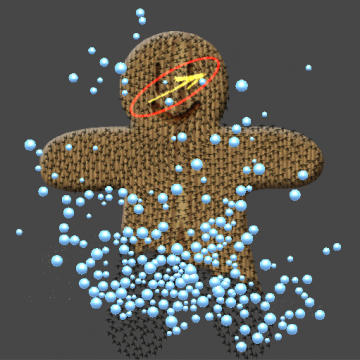Tuğçe Gölgeli, A Case Study on The Effect of Route Characteristics on Decision Making in the Sport of Orienteering
When choosing a route in orienteering, it is important to combine physical endurance with mental processes and the ability to adapt to the environment and optimize them correctly. In this study, the components affecting route selection were investigated. For this purpose, the data obtained from athletes through GPS containing watches were examined with quantitative and qualitative research methods. Then, a model based on spatial data was created to find the shortest paths and to compare the compatibility with the behaviors of athletes, and the relation of route selection decisions with some specified cognitive paradigms was questioned.
Date: 30.01.2020 / 10:00 Place: A-108



